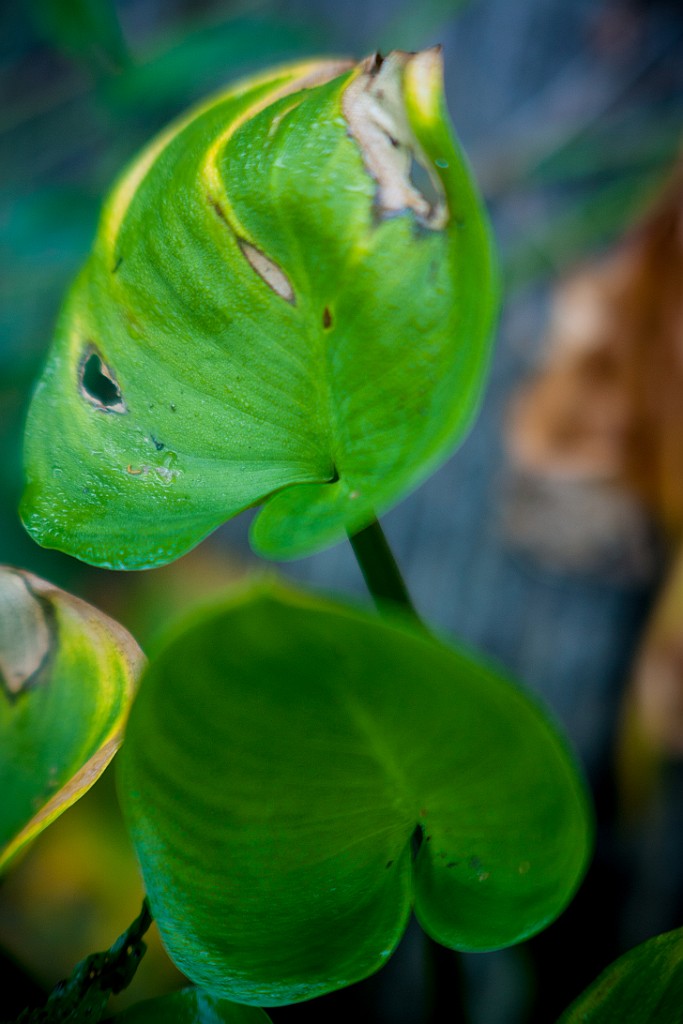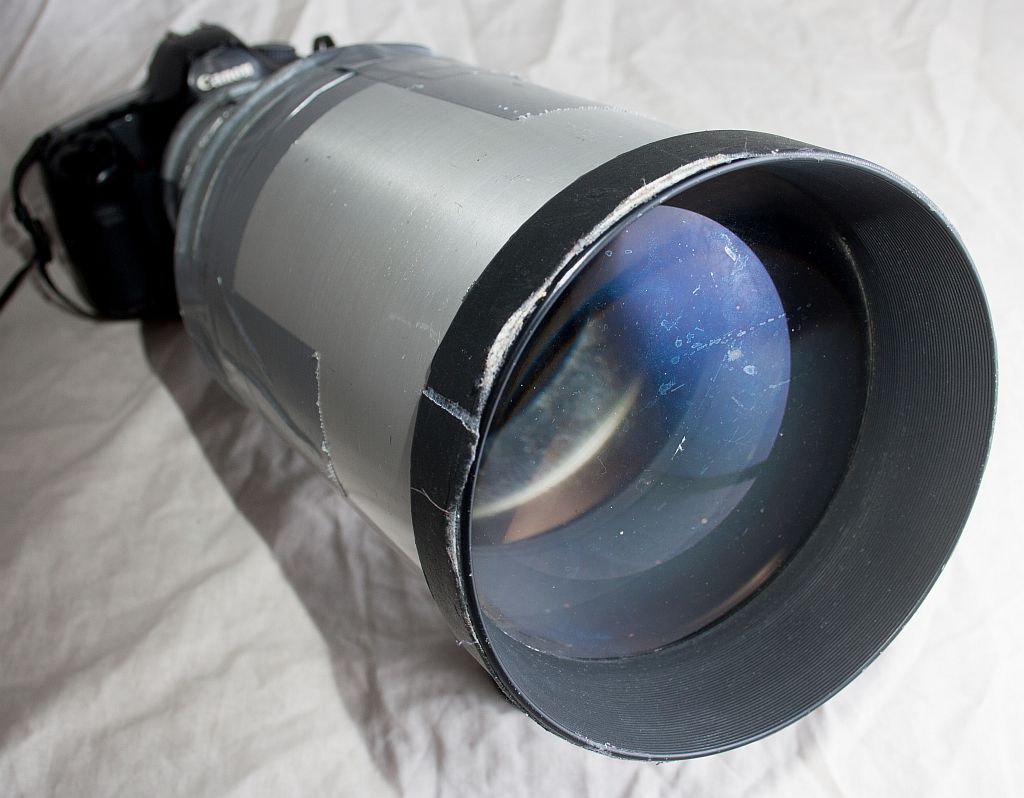Lens Tinkering - Do It Yourself Lenses - Homemade Lenses
Some people like to make their own lenses.
Partly for the fun of it, or to learn someting about optics, or to
create lenses with uncommon imaging behavior.
Or to make lenses that are commercial not available, or to
expensive.
Very often the homemade lenses have image qualities (in terms of
sharpness, contrast, edge quality) that are far away from normal
photographic lenses. But it is possible to make lenses that have
high enough image quality - at least like lenses with same focal
length and f-stop made in the 1980´s.
Common Ways
Common ways are to use an positive achromat - a lens made of two
lenses that are for example glued together with Canada Balm or UV
glue - and use those stopped down to for example f/8 for a good
image quality, or use it wideopen for dreamy effects.
Some try to use an positive achromat and a negative lens to form a
tele-photo lens. But mostly the color correction is very bad. The
image aberrations from the first lens or lens group is enlarged by
the negative lens. Normal commercial available tele lenses have
highly corrected elements in the front, for example extraordinary
low dispersion glass.
Triplet Use For Long Focal Length Lens
To avoid this enlargement of the front element aberrations I went
the other way round: I took long focal length lenses, and reduced
their focal length. So I reduce a part of the aberrations.
I use most times projection lenses as front element, and for example
as second element too. Or I take a normal photographic lens, or a
graphic work copy lens as second element.
These two positive lenses together form a lens with shorter focal
length - and in case the setup is correct, the lens has a faster
f-stop.
Crucial is to use lenses with a long distance between their last
element or housing, and their focus - cause in combination the focus
plane moves towards the fast lens. So with a normal 24x36mm (D)SLR
lens as second lens, only near field images are possible.
And this is where nearly every photographers knows my setup: A
CloseUp lens in front of a normal taking lens works with the same
optical principle like this DIY lens setup - two positive lenses
combined!
Why I use triplets as front lenses?
They are quite good corrected, they are relative cheap available in
larger diameter, they have longer focal lengths.
In contrast condensor lenses from enlargers have short focal
lenghts, and so one gets sometimes no room for a second lens group
for reducing the focal length - and their aberrations are big.
A lot of projection lenses are triplets, useful are for example
slide projection lenses and epidiascope lenses. Some of these lenses
have no use today, so this is quite a good upcycling.
What Image Quality Is Possible with DIY Lenses?


These images were made with a Canon EOS 5D DSLR camera and my self
made ~150mm f/1.2 lens. This lens has a no infinity focus - and no
variable focus. Focusing is done with extension tubes.
Cameras with short register distance - like the Sony Alpha 7 - are
preferable.
How Easy Is It?
Not that easy from the first start.
I bought more than 60 lenses, and had some other lenses for the
first tests. One needs lenses with much distance between lens and
focus point - lack of distance results in lenses that are not
capable for larger distances. Additional the diameter of the second
lens has to match to the distance where it is - otherwise one loose
light (bigger f-stop, more depth of field). To avoid this I made a
tool to measure the entrance pupil of my lenses.
And last but not least: Not all lens combinations result in good
images!
With these first few hints here it should be a bit easier.
Does This Tinkeing Create Fine Lenses?
It depends - at the moment I mainly use hot-glue, not my small
lathe.
So the lenses are ugly - for me function is much more important than
form :-)

If you like to tinker, or repair your own photographic tools, visit
my Photo
DIY Directory, and my other own tinkering
work.